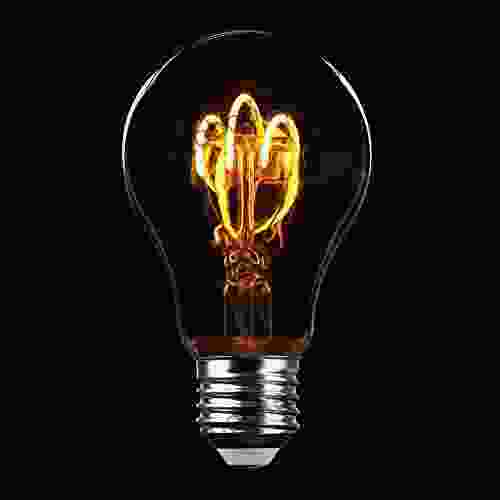TensorFlow MNIST: Read Your Own Handwritten Digit - Video Walkthrough Tutorial - Part 58

TensorFlow is a powerful open-source machine learning library that can be used to build a wide variety of machine learning models. In this tutorial, we'll use TensorFlow to build a neural network that can recognize handwritten digits.
We'll start by loading the MNIST dataset, which is a large dataset of handwritten digits. Then, we'll build a neural network model that can learn to recognize the digits in the dataset. Finally, we'll evaluate the performance of our model on a test set of handwritten digits.
Before you start this tutorial, you should have the following:
5 out of 5
| Language | : | English |
| File size | : | 801 KB |
| Text-to-Speech | : | Enabled |
| Screen Reader | : | Supported |
| Enhanced typesetting | : | Enabled |
| Print length | : | 17 pages |
| Lending | : | Enabled |
- A basic understanding of machine learning
- Some experience with Python
- TensorFlow installed
The first step in building our neural network is to load the MNIST dataset. The MNIST dataset is a large dataset of handwritten digits that is often used for training machine learning models.
To load the MNIST dataset, we can use the following code:
python import tensorflow as tf
Load the MNIST dataset
(x_train, y_train),(x_test, y_test) = tf.keras.datasets.mnist.load_data()
The x_train and x_test variables contain the images of the handwritten digits, and the y_train and y_test variables contain the labels for the digits.
Once we have loaded the MNIST dataset, we can start building our neural network model. Our model will consist of the following layers:
- An input layer that takes an image of a handwritten digit as input
- A hidden layer that learns to recognize the features of the handwritten digit
- An output layer that produces a prediction of the digit
We can build our neural network model using the following code:
python
Build the neural network model
model = tf.keras.Sequential([ tf.keras.layers.Flatten(input_shape=(28, 28)),tf.keras.layers.Dense(128, activation='relu'),tf.keras.layers.Dense(10, activation='softmax') ])
The Flatten layer converts the 28x28 image of the handwritten digit into a one-dimensional array. The Dense layer is a fully connected layer that learns to recognize the features of the handwritten digit. The softmax activation function produces a probability distribution over the 10 possible digits.
Once we have built our neural network model, we need to train it on the MNIST dataset. To train the model, we will use the following code:
python
Train the neural network model
model.compile(optimizer='adam', loss='sparse_categorical_crossentropy', metrics=['accuracy']) model.fit(x_train, y_train, epochs=10)
The compile() method specifies the optimizer, loss function, and metrics to be used during training. The fit() method trains the model on the given data for the specified number of epochs.
Once we have trained our neural network model, we need to evaluate its performance on a test set of handwritten digits. To evaluate the model, we will use the following code:
python
Evaluate the neural network model
loss, accuracy = model.evaluate(x_test, y_test) print('Loss:', loss) print('Accuracy:', accuracy)
The evaluate() method returns the loss and accuracy of the model on the given data.
In this tutorial, we showed how to use TensorFlow to build a neural network that can recognize handwritten digits. We started by loading the MNIST dataset, then we built a neural network model, and finally we trained and evaluated the model.
This tutorial is just a starting point for learning how to use TensorFlow. For more information, please refer to the TensorFlow documentation.
5 out of 5
| Language | : | English |
| File size | : | 801 KB |
| Text-to-Speech | : | Enabled |
| Screen Reader | : | Supported |
| Enhanced typesetting | : | Enabled |
| Print length | : | 17 pages |
| Lending | : | Enabled |
Do you want to contribute by writing guest posts on this blog?
Please contact us and send us a resume of previous articles that you have written.
 Book
Book Novel
Novel Page
Page Chapter
Chapter Text
Text Story
Story Genre
Genre Reader
Reader Library
Library Paperback
Paperback E-book
E-book Magazine
Magazine Newspaper
Newspaper Paragraph
Paragraph Sentence
Sentence Bookmark
Bookmark Shelf
Shelf Glossary
Glossary Bibliography
Bibliography Foreword
Foreword Preface
Preface Synopsis
Synopsis Annotation
Annotation Footnote
Footnote Manuscript
Manuscript Scroll
Scroll Codex
Codex Tome
Tome Bestseller
Bestseller Classics
Classics Library card
Library card Narrative
Narrative Biography
Biography Autobiography
Autobiography Memoir
Memoir Reference
Reference Encyclopedia
Encyclopedia Karl Spracklen
Karl Spracklen Gianluca Barbaro
Gianluca Barbaro Mrsxnomore
Mrsxnomore Fernanda Young
Fernanda Young Laura Muha
Laura Muha E Pauline Johnson
E Pauline Johnson Warren Colman
Warren Colman R M Kinder
R M Kinder Maureen Bakis
Maureen Bakis Dr Will Cole
Dr Will Cole Dustin Hartley
Dustin Hartley William C Foster
William C Foster Pamela Newkirk
Pamela Newkirk Kate Kisset
Kate Kisset Warren Eckstein
Warren Eckstein Olusegun Ayannuga
Olusegun Ayannuga Edward Isaac Dovere
Edward Isaac Dovere Earl Derr Biggers
Earl Derr Biggers Sonali Dev
Sonali Dev Helene Dunbar
Helene Dunbar
Light bulbAdvertise smarter! Our strategic ad space ensures maximum exposure. Reserve your spot today!
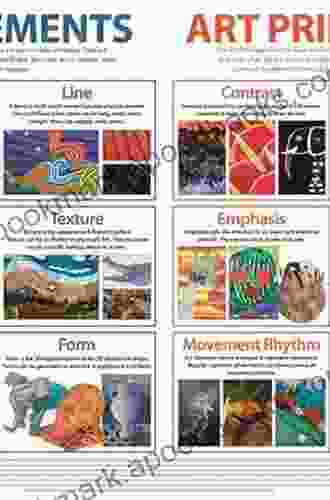
 Troy SimmonsUnlocking Young Artists' Potential: Teaching the Elements and Principles of...
Troy SimmonsUnlocking Young Artists' Potential: Teaching the Elements and Principles of...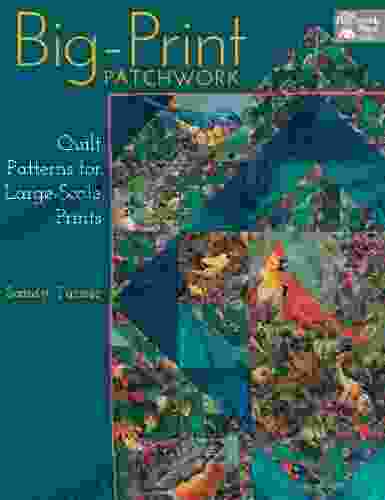
 Corey GreenQuilt Patterns for Large Scale Prints: Transform Bold Fabrics into Stunning...
Corey GreenQuilt Patterns for Large Scale Prints: Transform Bold Fabrics into Stunning...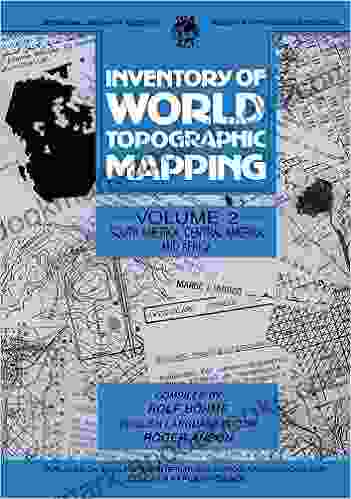
 George HayesUnveil the Alluring Tapestry of South America, Central America, and Africa: A...
George HayesUnveil the Alluring Tapestry of South America, Central America, and Africa: A...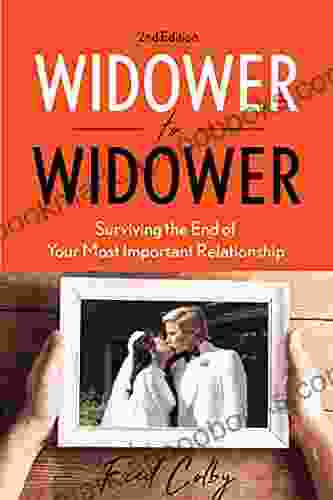
 Simon MitchellSurviving The End Of Your Most Important Relationship: A Comprehensive Guide...
Simon MitchellSurviving The End Of Your Most Important Relationship: A Comprehensive Guide... Logan CoxFollow ·13.9k
Logan CoxFollow ·13.9k Miguel NelsonFollow ·6.7k
Miguel NelsonFollow ·6.7k Beau CarterFollow ·2.4k
Beau CarterFollow ·2.4k Robert HeinleinFollow ·4.9k
Robert HeinleinFollow ·4.9k Julio CortázarFollow ·3k
Julio CortázarFollow ·3k Vernon BlairFollow ·9k
Vernon BlairFollow ·9k Bradley DixonFollow ·16k
Bradley DixonFollow ·16k Ken FollettFollow ·7.2k
Ken FollettFollow ·7.2k

 Eugene Powell
Eugene PowellFat Cat Stories: Level At Word Family - A Purrfect Start...
Introducing the 'At'...
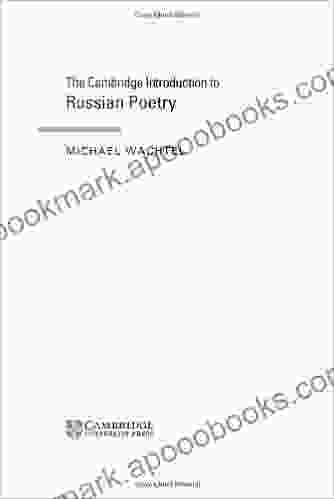
 William Powell
William PowellUnveiling the Treasures of Russian Poetry: The Cambridge...
Immerse yourself in the...
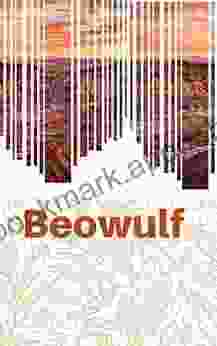
 Roberto Bolaño
Roberto BolañoUnveiling the Treasures of Beowulf: A Guided Tour with...
: Delving into the...
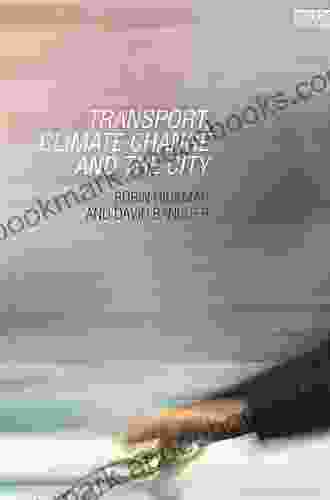
 Foster Hayes
Foster HayesTransport, Climate Change and the City: Tackling Urban...
Transport is a major...
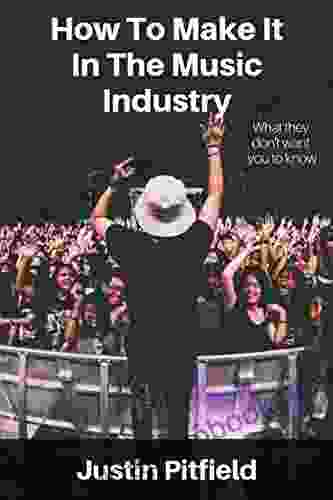
 Calvin Fisher
Calvin FisherHow To Make It In The Music Industry: The Ultimate Guide...
Are you an aspiring musician with...
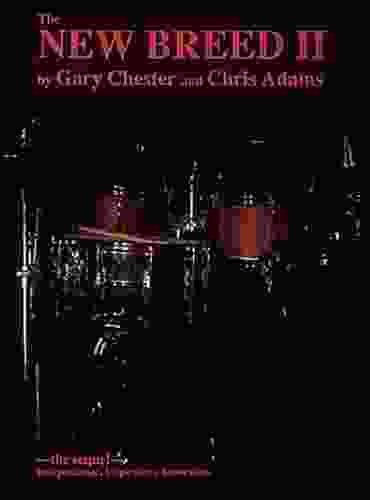
 Rick Nelson
Rick NelsonUnveiling the Enigmatic World of Gary Chester's "The New...
Step into a World...
5 out of 5
| Language | : | English |
| File size | : | 801 KB |
| Text-to-Speech | : | Enabled |
| Screen Reader | : | Supported |
| Enhanced typesetting | : | Enabled |
| Print length | : | 17 pages |
| Lending | : | Enabled |


